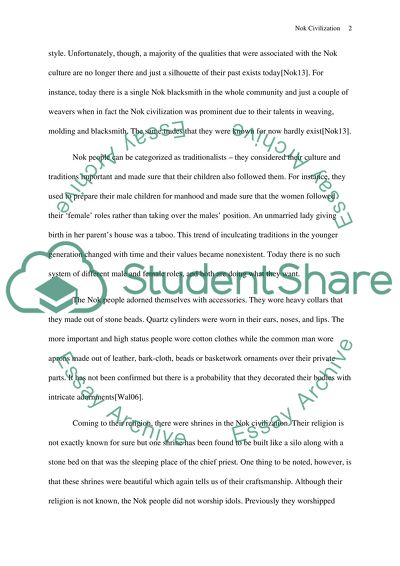Cite this document
(“Nok Civilization Term Paper Example | Topics and Well Written Essays - 2000 words”, n.d.)
Nok Civilization Term Paper Example | Topics and Well Written Essays - 2000 words. Retrieved from https://studentshare.org/history/1635646-nok-civilization
Nok Civilization Term Paper Example | Topics and Well Written Essays - 2000 words. Retrieved from https://studentshare.org/history/1635646-nok-civilization
(Nok Civilization Term Paper Example | Topics and Well Written Essays - 2000 Words)
Nok Civilization Term Paper Example | Topics and Well Written Essays - 2000 Words. https://studentshare.org/history/1635646-nok-civilization.
Nok Civilization Term Paper Example | Topics and Well Written Essays - 2000 Words. https://studentshare.org/history/1635646-nok-civilization.
“Nok Civilization Term Paper Example | Topics and Well Written Essays - 2000 Words”, n.d. https://studentshare.org/history/1635646-nok-civilization.


